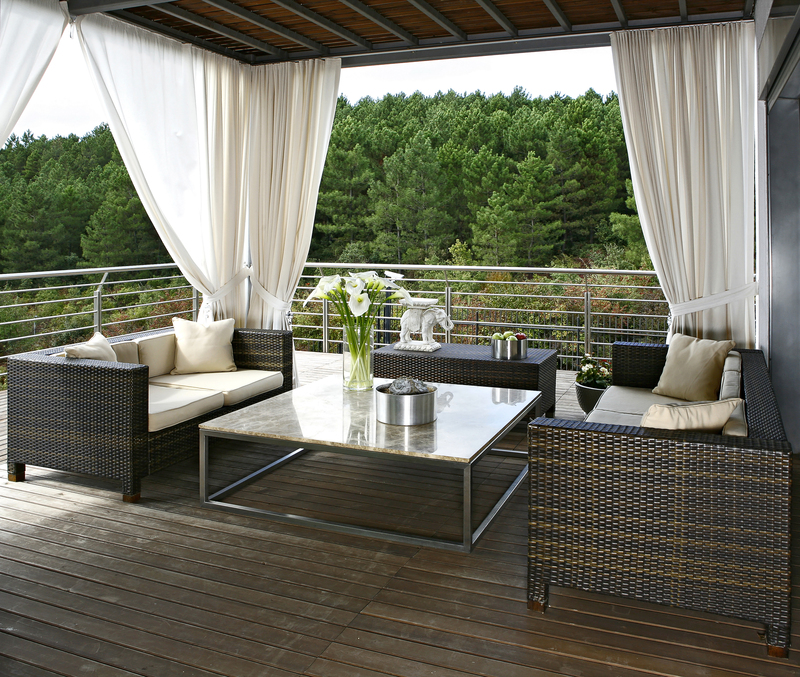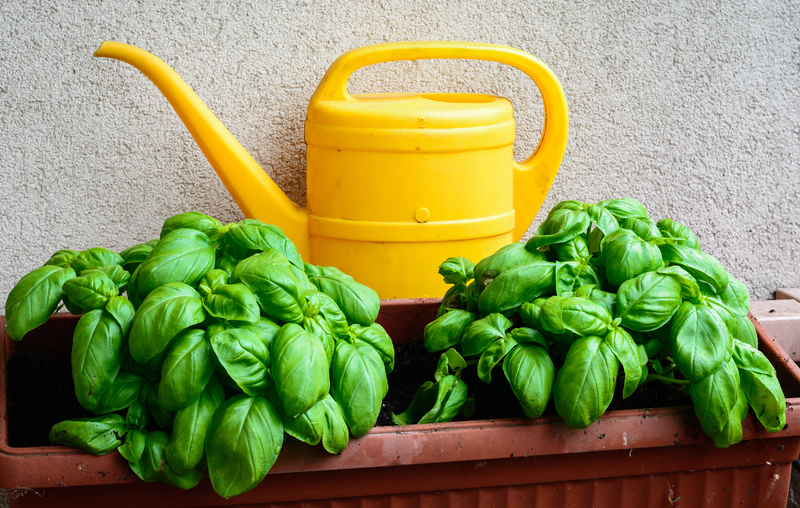Gardening Safely with Dogs
Posted on 15/12/2024
Gardening is a beloved hobby for many people, offering relaxation, exercise, and the joy of nurturing life. However, if you're a dog owner, you must consider your furry friend's safety while you dig, plant, and tend to your garden. Dogs are naturally curious creatures, and their playful antics can often lead to unwanted accidents in the garden. In this article, we will provide you with comprehensive information on gardening safely with dogs, including tips, pros and cons, key takeaways, and a concluding summary.
Understanding the Risks Involved
When it comes to gardening with dogs, several risks need awareness:
1. Toxic Plants: Many common garden plants can be toxic to dogs if ingested. Plants like lilies, azaleas, and even tomato plants can cause severe health issues in dogs.
2. Pesticides and Fertilizers: These garden essentials contain chemicals that may be harmful to your dog.
3. Mulch and Compost: Often overlooked, certain types of mulch, like cocoa mulch, and improperly maintained compost piles can be dangerous to dogs.

Choosing Dog-Friendly Plants
To create a dog-friendly garden, opt for non-toxic plants. Some safe options include:
- Sunflowers
- Rosemary
- Marigolds
- Snapdragons
Always research any new plants before adding them to your garden.
Creating a Dog-Friendly Garden Layout
The layout of your garden can significantly impact your dog's safety:
1. Designate Boundaries: Use fencing or barriers to create specific areas where your dog is allowed to roam freely without disturbing your delicate plants.
2. Raised Beds: Consider using raised garden beds to keep your plants out of your dog's reach.
Using Safe Gardening Products
When it comes to pesticides and fertilizers, choosing the right products is crucial.
1. Organic Options: Opt for organic or pet-safe pesticides and fertilizers.
2. Natural Remedies: Use natural repellents like neem oil to protect plants from pests without endangering your dog.
Training and Supervision
Training your dog to be respectful of your garden can be incredibly effective:
1. Basic Commands: Commands like "leave it" and "stay" can help keep your dog away from harmful plants and chemicals.
2. Supervision: Always supervise your dog in the garden to prevent any accidental ingestion or trampling of plants.
Creating a Dog-Friendly Play Area
Including an area designated specifically for your dog can keep them occupied and away from your garden beds.
- Sandbox: A sandbox can provide a digging area, saving your garden from becoming a digging site.
- Dog Toys: Offer various toys to keep your dog entertained.
Pros and Cons
Pros:
1. Bonding Time: Gardening with your dog can offer quality bonding time.
2. Exercise: Both you and your dog will get ample exercise.
3. Tranquility: Spending time in the garden can be therapeutic for both you and your dog.
Cons:
1. Risk of Toxicity: Potential exposure to toxic plants and chemicals.
2. Damage to Plants: Dogs can inadvertently damage plants.
3. Increased Vigilance: Requires constant supervision and training to ensure safety.
Tips for Gardening Safely with Dogs
1. Non-Toxic Plants: Always check for plant toxicity before adding them to your garden.
2. Dog-Friendly Areas: Designate specific areas for your dog to play or dig.
3. Safe Products: Use pet-safe pesticides and fertilizers.
4. Training: Teach basic commands and supervise your dog at all times.
5. Clean Up: After gardening, always clean up tools and products to prevent accidental ingestion.

Key Takeaways
- Always be aware of the plants in your garden and ensure they are non-toxic.
- Use pet-safe products and natural remedies to keep your garden pest-free.
- Designate specific areas for your dog and teach basic commands for safety.
- Balance the needs of your garden with the well-being of your pet.
Conclusion
Gardening safely with dogs involves careful planning, the right choice of plants and products, and effective training. By following these guidelines, you can create a beautiful garden that both you and your furry friend can enjoy. With the proper precautions and a bit of effort, you can strike the perfect balance between a thriving garden and a happy, healthy dog. Happy gardening!



